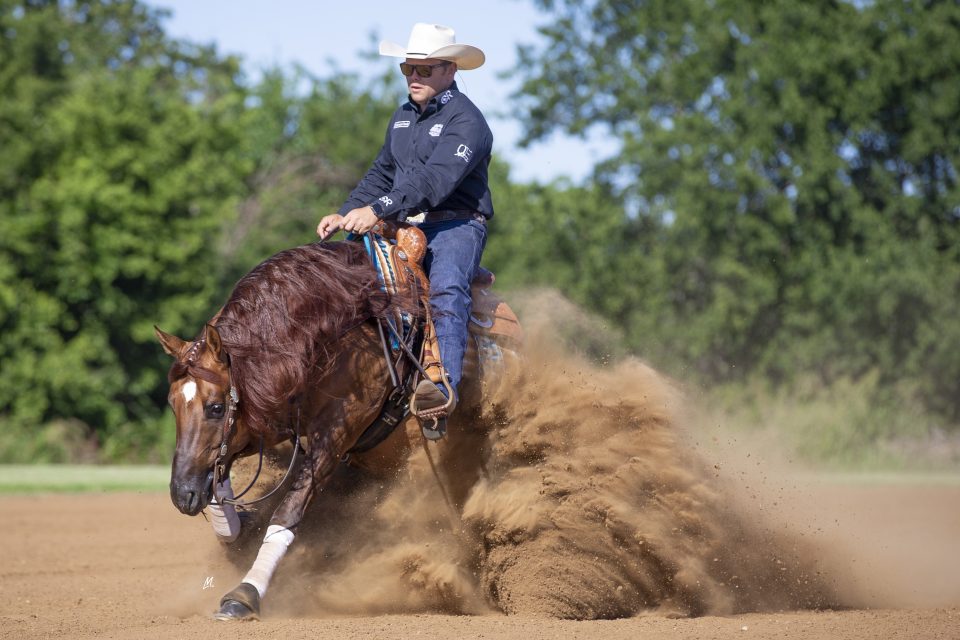The culture of your business has nothing to do with museums or world travel. It’s all about how you treat your employees and how they feel about working for you.
By Katie Navarra

Have you ever thought about how former or current employees talk about what it’s like to work at your barn? Do they say they’re fulfilled or is each day a grueling grin-and-bear-it existence until another opportunity comes along?
Whether it’s positive or negative, how your employees feel at work impacts their ability to perform. Nurturing a positive workplace culture improves morale and productivity and ultimately helps your barn achieve the next level of success.
Nearly 60% of employees have left a job or are thinking about leaving because of a bad boss, according to a survey by Randstad US. While inadequate pay and benefits were among top-ranked reasons for leaving a job, many workers reported leaving because of negative experiences and a poor workplace culture—factors you can improve with better leadership.
Turnover is costly. Every time you hire a new employee, you invest time and resources into teaching them the ropes. Being short-staffed can make it difficult to accomplish the daily chores until someone new can be hired and trained. The unexpected loss because of a poor working environment is something that can be avoided. And if word gets on the street that the status of working at your barn isn’t worth the discomfort, it’ll became harder and harder to find good staff.
Culture is everything; it’s not something you add, according to Chuck Blakeman, CEO of Crankset Group. Blakeman has consulted with Google, Apple, Microsoft, and other widely recognized companies teaching leaders the importance of culture.
We’ll cover six aspects of workplace culture in this article.
Part 1: What Is Workplace Culture?
Part 3: Communicate What’s Happening
Part 4: Empower Employees to Make Decisions
Part 6: A Win-Win for AllTools for Change
The horses in your barn can do more for your business than bring in income. They can serve as an unbiased source for reporting the type of culture in your barn. You’ve spent years honing your ability to catch the slightest cues for willingness and quickly identify soreness. You know that the smallest wrinkling around the eyes or nostrils and the slightest flick of an ear can indicate the horse may be in pain or unhappy.
Can you recognize those same signals in your staff? A human worker may wrinkle their nose, but they won’t wring their tail and you may not observe discontent in their eyes. But they have clearly visible body language that gives away an employee’s state of happiness at work.
Horses only care about authenticity and intention. They can intuitively read whether a person is confident, secure, and capable. That all changes at liberty in the round pen and their reactions can tell a lot about your own and your employee’s state of being. Spending time in the round pen helps cast a light on how your nonverbal cues and intention come across to others, including your staff. That can be the first step to understanding how your staff perceives you.
“Horses commit to what you create,” Blakeman added. “If you watch how whales, dolphins, and seals are trained, they aren’t forced or told what to do. They’re invited into the discussion without punishment, it’s all done with positive reinforcement. Employees are the same way.”
Read the rest of the article at the links above.



